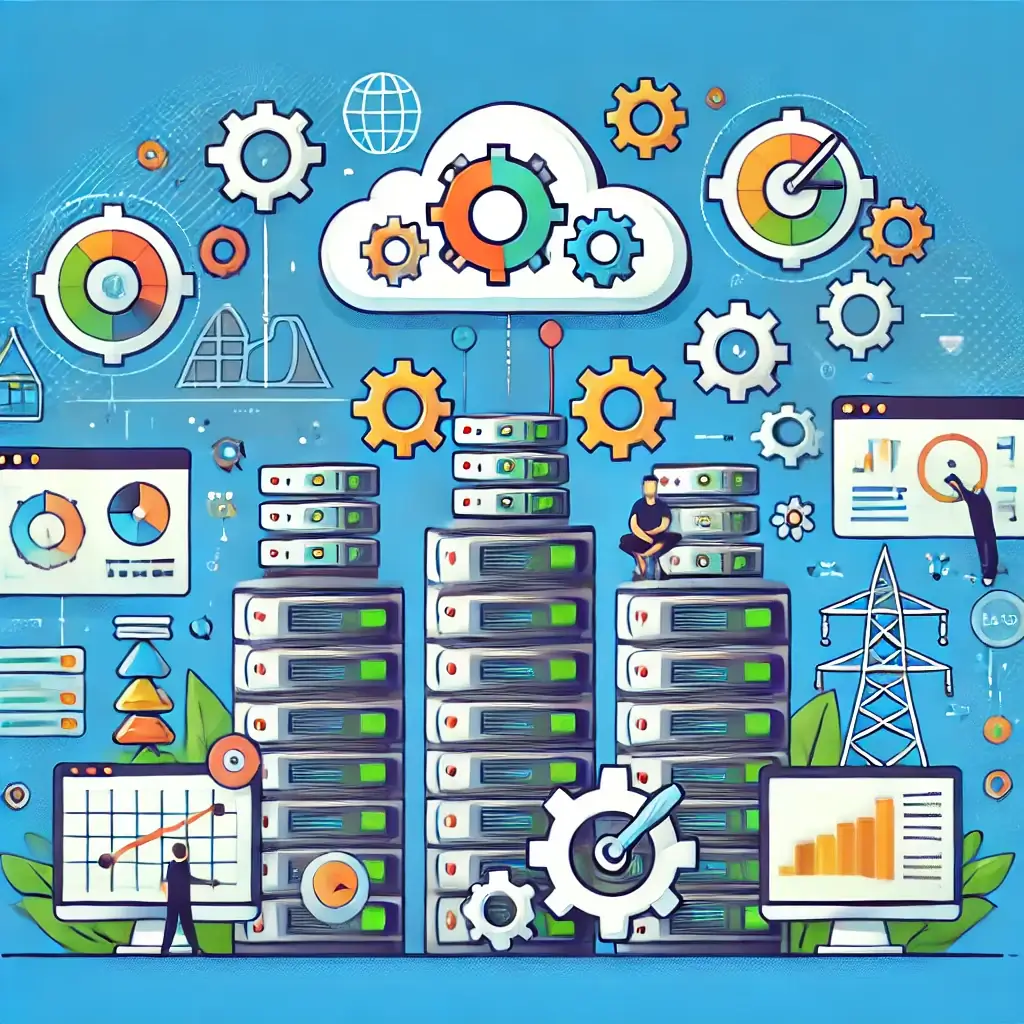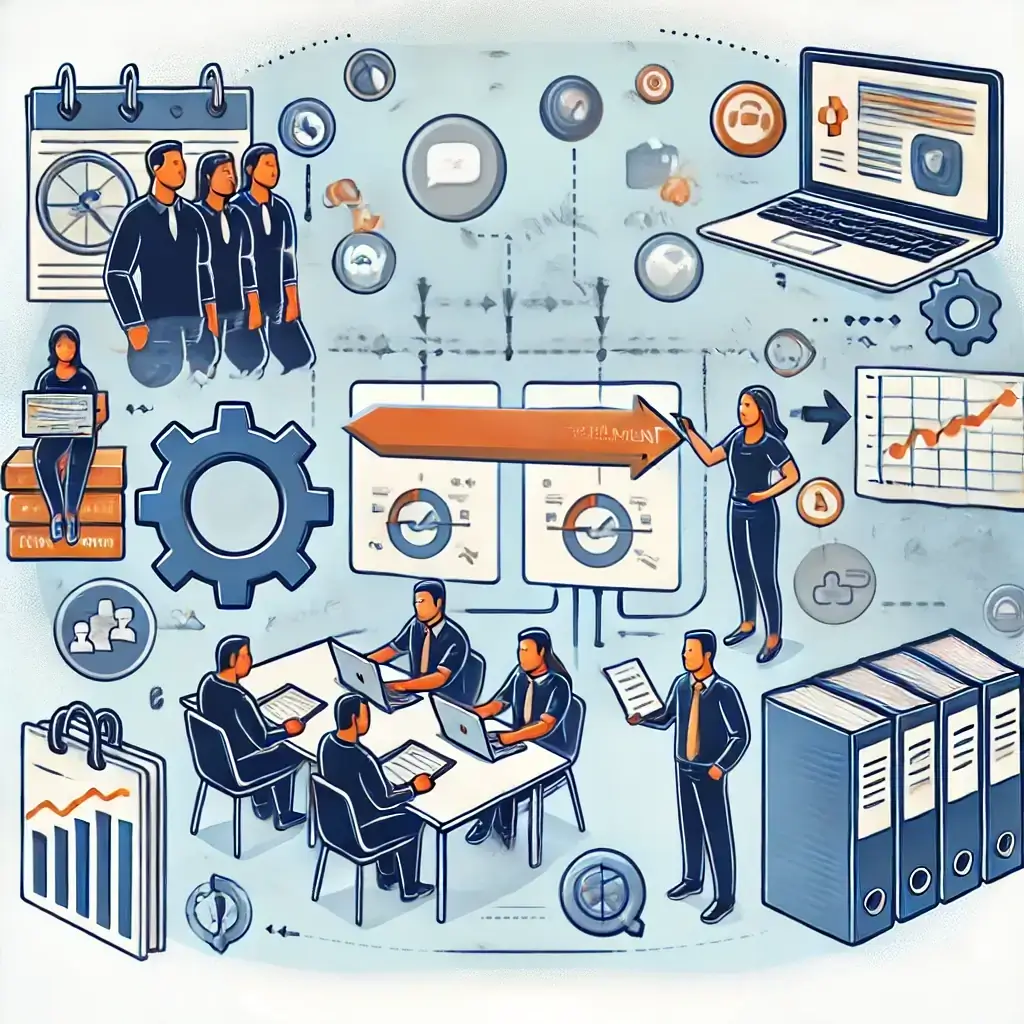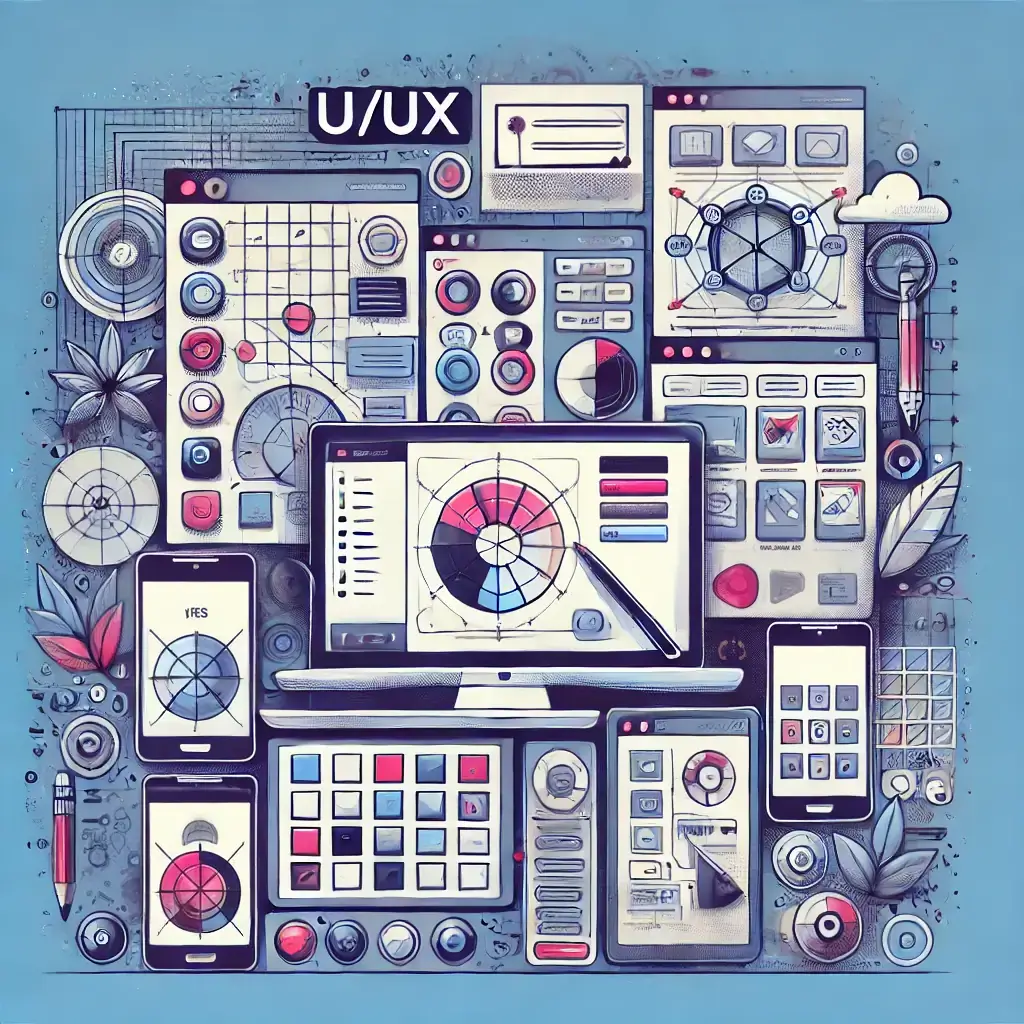· iWork Technologies Team · Product Modernization · 4 min read
Understanding the Need for Modernizing Legacy .NET Applications
Modernizing legacy .NET applications is essential for businesses to achieve scalability, agility, security, and cost efficiency in today's cloud-driven world.

Overview of Legacy Systems
In this first installment of our eleven-part series on product modernization - Intorduction to Product Modernization specifically for legacy .NET Application. Legacy systems are the backbone of many enterprises, particularly those that have been operating for decades. However, these systems often run on outdated technologies like WebForms, ASP.NET MVC, and SQL Server, which pose significant challenges in today’s fast-paced, cloud-driven environment.
-
WebForms: Introduced in the early 2000s, WebForms provided a way to create dynamic web pages with minimal code. Despite its ease of use, WebForms has limitations, particularly in scalability, performance, and flexibility. It tightly couples the user interface with business logic, making it difficult to implement modern development practices like separation of concerns or unit testing.
-
ASP.NET MVC: While a step up from WebForms, ASP.NET MVC brought the Model-View-Controller (MVC) pattern, which allows for better separation of concerns and testability. However, it is still tied to the server-side rendering model and monolithic architectures, which can be limiting in a world moving towards client-side applications and microservices.
-
ASP.NET Razor Pages: Introduced as a simplified alternative to MVC, Razor Pages focuses on page-based development, making it easier to create page-centric web applications. While more modern and streamlined than WebForms and MVC, Razor Pages still operates within the traditional server-side rendering model. This can create challenges when trying to develop highly interactive, real-time web applications or when integrating with modern client-side frameworks.
-
SQL Server: While still a powerful relational database management system, SQL Server’s traditional role as a monolithic database does not easily fit into modern, distributed cloud architectures. Challenges such as scaling, high availability, and integration with modern data technologies (e.g., NoSQL databases, data lakes) require significant re-engineering.
Importance of Modernization
In today’s digital age, businesses must continuously evolve to stay competitive. Modernizing legacy systems is no longer a luxury but a necessity. Here’s why:
-
Scalability: Legacy systems often struggle to scale effectively, leading to performance bottlenecks as user demand increases. Modern architectures, such as cloud-based solutions, allow businesses to scale up or down based on demand, ensuring optimal performance without over-provisioning resources.
-
Agility: The ability to quickly adapt to market changes is crucial. Legacy systems, with their monolithic structures, often slow down development processes, making it difficult to implement new features or integrate with modern services. Modular and microservices architectures, on the other hand, allow for faster, more flexible development cycles.
-
Security: As cyber threats become more sophisticated, legacy systems, often built on outdated security practices, become increasingly vulnerable. Modernizing these systems allows businesses to incorporate the latest security protocols and practices, safeguarding sensitive data and maintaining customer trust.
-
Cost Efficiency: While the initial cost of modernization might seem high, the long-term savings are significant. Modern systems reduce the need for costly maintenance, offer better resource utilization, and can reduce licensing and infrastructure costs through cloud migration.
Technologies to Consider
Modernizing a legacy .NET application involves choosing the right technologies that align with the business’s goals and future-proof the system. Here are some key technologies to consider:
-
Blazor: A modern web framework that allows developers to build interactive web UIs using C# instead of JavaScript. Blazor enables full-stack development using .NET, offering a seamless transition for .NET developers from server-side to client-side development. It supports WebAssembly, allowing .NET code to run directly in the browser, providing a rich, interactive user experience.
-
MAUI (Multi-platform App UI): MAUI is the evolution of Xamarin.Forms and is designed for cross-platform app development. It allows developers to create native user interfaces for Android, iOS, macOS, and Windows from a single codebase. This is particularly useful for businesses looking to expand their reach across multiple platforms without having to maintain separate codebase for each.
-
Artificial Intelligence (AI): Integrating AI into modernized applications can significantly enhance functionality, from predictive analytics to personalized user experiences. .NET now has robust support for AI through ML.NET, which allows for the integration of machine learning models into .NET applications, enabling features like recommendation engines, sentiment analysis, and predictive maintenance.
-
Cloud Services: Modernizing to cloud-based architectures, such as those provided by Azure or AWS, is essential for achieving the scalability, resilience, and global reach that today’s businesses require. Cloud-native services like Azure Functions, AWS Lambda, and serverless databases enable rapid development and deployment of applications that are inherently scalable and cost-effective.
Conclusion
In this first part of our series on product modernization, we’ve introduced the fundamental challenges of legacy .NET applications, the critical need for modernization, and some of the cutting-edge technologies that can help businesses evolve. In the upcoming parts, we will delve deeper into specific strategies, architectural patterns, and best practices for effectively modernizing these legacy systems.
Next Up
Stay tuned for Part 2, where we will explore the step-by-step process of transitioning from monolithic to modular architectures, laying the groundwork for a smooth and successful modernization journey.



